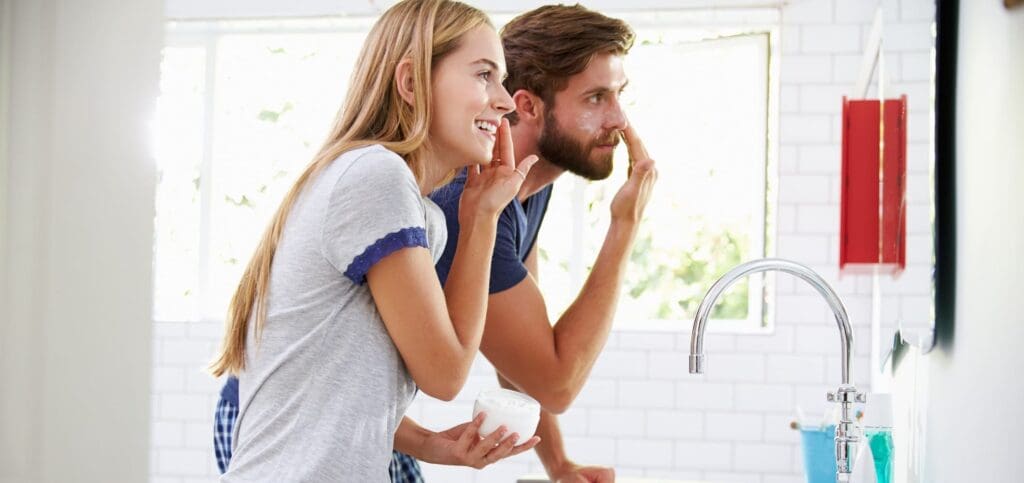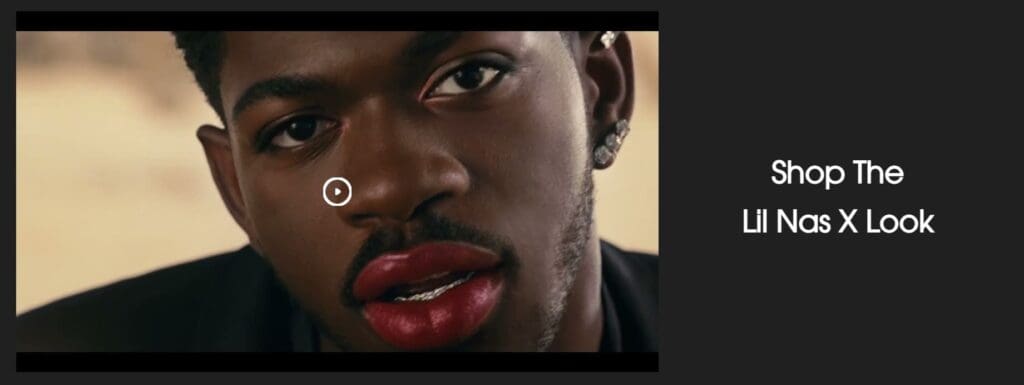Men are becoming more open to experiment and expand their grooming routines. What are the key trends that will drive product innovation?
The way that men interact with the grooming industry is changing. Old-fashioned gender stereotypes are fading and men are increasingly looking for grooming products that go beyond function and help them to express themselves.
It might not look like that at first glance: the men’s grooming products market is still dominated by functional personal care products, such as shaving preparations and deodorants. But Mintel’s GNPD data reveals that within the past three years, there has been a 14.7% increase in men’s skincare product launches, and a 12.3% increase in hair treatments and colourants for men.
These are the kind of products that do not fall into a “traditional” men’s grooming routine, so this goes to show that men are now placing a greater emphasis on image and appearance. In turn, this is fueling new innovation and product development in the men’s grooming industry.

Gender-neutral, or “just for men”?
Looking at products marketed specifically for men actually only tells half the story. In the past three years, we have also seen an 8.4% increase in skincare products marketed as gender-neutral, which again shows how men are becoming more open to a wider range of products, and not just interested in products marketed specifically for them.
However, a rise in these types of products is not necessarily a wholly positive development for the men’s grooming industry. Unisex innovation could drive the perception that all grooming products designed for women give the same results for men, and this is not always the case. This in turn could cause men to opt for female-targeted products, at the detriment of the men’s grooming industry.
Some differences go on beyond constructed gender norms. In certain areas, men do have different needs to women when it comes to grooming. For example, men tend to have a tougher skin texture, so may require and benefit from products developed exclusively for them. To prevent men from using the wrong products, or dropping out of the men’s grooming category altogether, brands can introduce an educational element to their marketing, both ahead of and at the point of purchase.
As previously mentioned, old-fashioned gender stereotypes are fading, but they have not yet completely disappeared. While there are more men willing to use genderless grooming products, Mintel’s statistics gathered from German, US and UK consumers reveal that men still prefer to use products designed specifically for them. On the other hand, in China, men who are long-time users of facial skincare products are more receptive to using gender-neutral products.
As you can probably tell, there is no easy answer to the question of gender neutrality in the grooming industry. But one thing is for sure: consumers’ interests have evolved from practicality into personal care. Over two-thirds of US men now use personal care products for more than just basic hygiene needs, and almost half of US men aged 18-24 are interested in expanding their grooming routines to include facial makeup. In order to stay relevant, brands need to focus on innovating to meet the changing needs of men when it comes to grooming products.
Visit Mintel Store for the latest consumer research
Trends in Men’s Grooming – What do consumers want?
The heightened periods of stress and anxiety during the pandemic have had an effect on consumers. In the US, the majority of men think that stress is likely to have a negative impact on their appearance. Therefore, the men’s grooming industry is perfectly positioned to respond to consumers’ concerns with products developed with self-care and the soothing power of grooming.
Brands have the opportunity to appeal to men who are becoming more invested in their mental wellbeing. A stronger focus on self-care, along with a more open discussion around mental health will have more men seeking brands that can offer a momentary escape. We’ve already seen this in action from Dove. Their Dove Men + Care range promotes the idea of self-care and wellness, and positions self-care as a selfless act by highlighting how men caring for themselves will not only benefit them but also those around them.

Brands are also taking inspiration from aromatherapy to provide self-care through scent. Traditionally, many male-specific products have focused on fragrance to drive men to purchase. But now, brands are using scent for reasons beyond providing self-confidence. For example, perfume brand Tamar focuses on the healing properties of scent for self-care, and claims to be the “world’s only perfume for mental health”.
2. Inclusivity and Personalisation
As men begin to expand their grooming routines, they are realising there is no “one size fits all” approach to skincare, and they want to see more personalisation, particularly around age and race. In fact, almost a quarter of UK male consumers say they are encouraged to purchase a personal care product if the brand has an inclusive product range. As populations around the world become more diverse, it will become even more imperative for brands to create affordable products that meet the needs of a diverse and multicultural consumer base.
As men’s interest in skincare grows, so does their desire to see themselves represented in BPC advertising. Over half of UK men believe that advertising for facial skincare focuses too much on women. Brands should follow the lead of YSL Beauty, who recently launched an advertising campaign featuring male brand ambassador, Lil Nas X.

Sustainability is growing in importance when targeting younger men. Over two-thirds of 16-24 year-old men in the UK have adopted what would be considered a more eco-friendly grooming routine since the start of the COVID-19 pandemic. This presents an opportunity for brands to appeal to men adopting sustainable personal care routines. Notable eco innovations in the men’s grooming industry extend the focus beyond packaging and plastic waste to refillable products and solid/waterless formats. A good example of this in action is Brooklyn Soap Company’s Solid Beard Shampoo, which is marketed as 100% sustainable and comes in a plastic-free reusable aluminium jar.
In many ways, the men’s grooming industry has begun to mirror what has been happening in the women’s BPC sector with clean beauty becoming a major trend in the men’s facial care market. Mintel’s GNPD data shows almost a 50% increase in men’s grooming products launched with clean-related claims (e.g. eco-ethical, vegan, free-from) in the five years to 2022. This strongly suggests that the clean beauty trend is here to stay, and could shape the future of the men’s grooming industry.
Prepare for future men’s grooming trends with Mintel
Is your business responding to the evolving attitudes and preferences of consumers in the men’s grooming industry? With Mintel’s leading independent market and consumer research, you can focus your strategies to align with the latest trends and developments in the global men’s grooming industry. Explore our Men’s Grooming Market Research, or sign up to Spotlight, Mintel’s free newsletter for exclusive insights.
Sign up to Spotlight: Get fresh insights delivered to your inbox!








